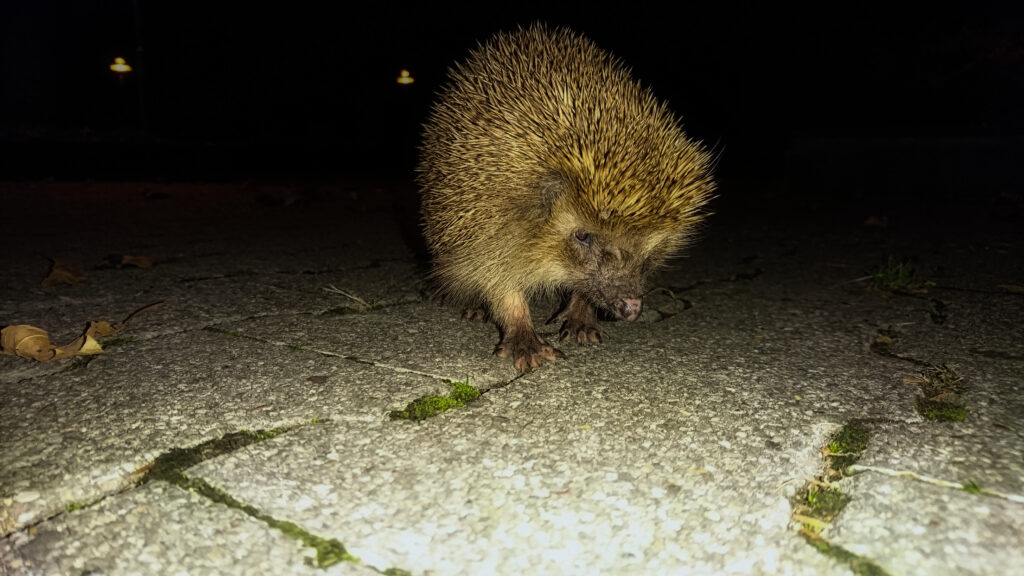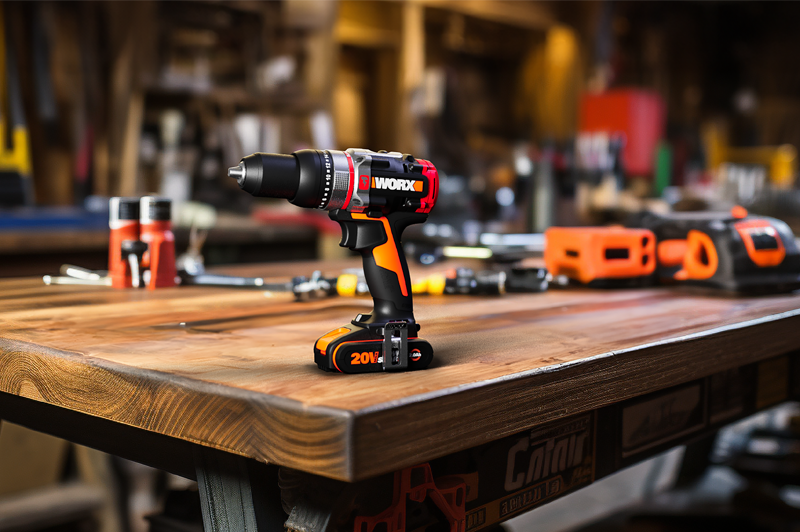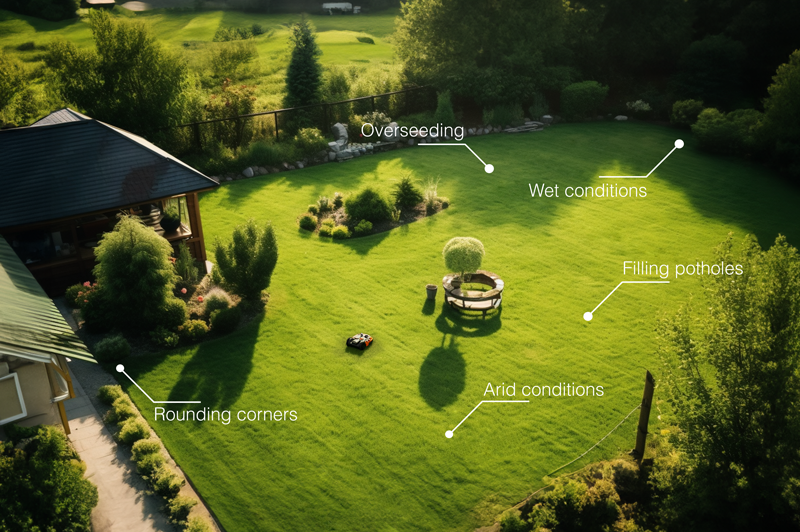Hedgehogs’ life is at risk
Intensive farming, pesticides and especially cars are killing thousands of hedgehogs every year. With the rapid spread of robotic lawn mowers all around Europe, wildlife activists and fans of the cute animal have started pointing fingers on autonomous grass cutters as well.
Why are robot mowers dangerous to hedgehogs?
“The misfortune of hedgehogs is that they have no predators other than hawks, eagles and badgers.” says Khatya Richards, a passionate hedgehog advocate. “For this reason, a hedgehog will not even try to escape a threat, but rather roll up into a motionless, quill-covered ball. Such a defense mechanism is effective against most predators, but won’t stop lawn mowers.”
What about push mowers?
But why are robot mowers accountable for injuring hedgehogs, while the way more common push mowers aren’t? For the simple reason humans are used to pushing their mowers during the day, when hedgehogs are sleeping in their nests, while unmanned mowers can be operated at night, when the small animals are roaming around in search of food.
Knowing hedgehogs’ habits can save their lives
Hedgehogs are nocturnal and only come out at night roaming around in search of their favorite food: beetles, caterpillars and earthworms, which they can find in abundance on your lawn. But they will never sleep on the lawn. The small insectivores spend the entire day sleeping in their nests built underground, in piles of firewood or under a shed.
If you do care for hedgehogs, the rule is simple: do not operate your robotic lawn mower in the dark.
To learn more about hedgehogs and their behaviours, click here.

What is the industry doing about it?
Worx has paved the road to wildlife preservation when it comes to robot mowers, and now some of our competitors are finally joining in, so there’s a silver lining. At Worx we have found two viable solutions to help hedgehogs roam around freely and safely at night.
Landroid mowers are programmed by default to only work during the daytime – since daylight hours vary according to the day of the year and latitude, each individual robot receives specific instruction every day depending on its geographic location.
Landroid Vision mowers, on the other hand, are equipped with a full HDR camera that spots obstacles (including critters) and avoids them.
What if daytime is not enough to mow the entire lawn?
In the case of very large lawns, some robots may not be able to finish the job during the day and also need to work during the night. This is unlikely to happen with Worx Landroid: its patented AIA intelligent navigation technology allows it to complete the job in a much shorter time than the other robots, so it will finish its daily schedule way before the sunsets.
What if daytime is not enough to mow the entire lawn?
Landroid Vision is powered by a neural network which is constantly fed with images. It can process one camera frame every 0.05 seconds, so the reaction time is lightning fast. What does it mean? It means that Landroid Vision is capable of moving around your garden, spotting wildlife (as well as objects and, yes, humans) and actively steering away from it, even at night*.
*With the optional headlight.



